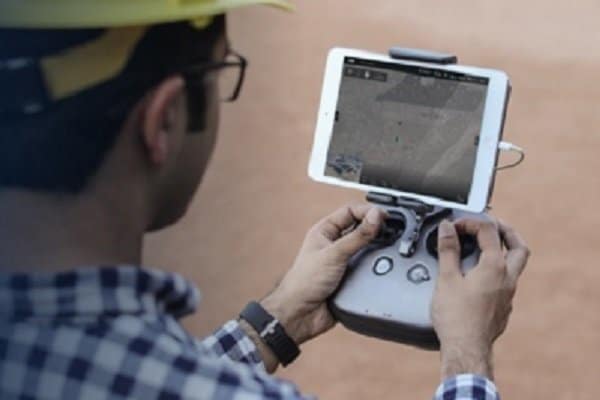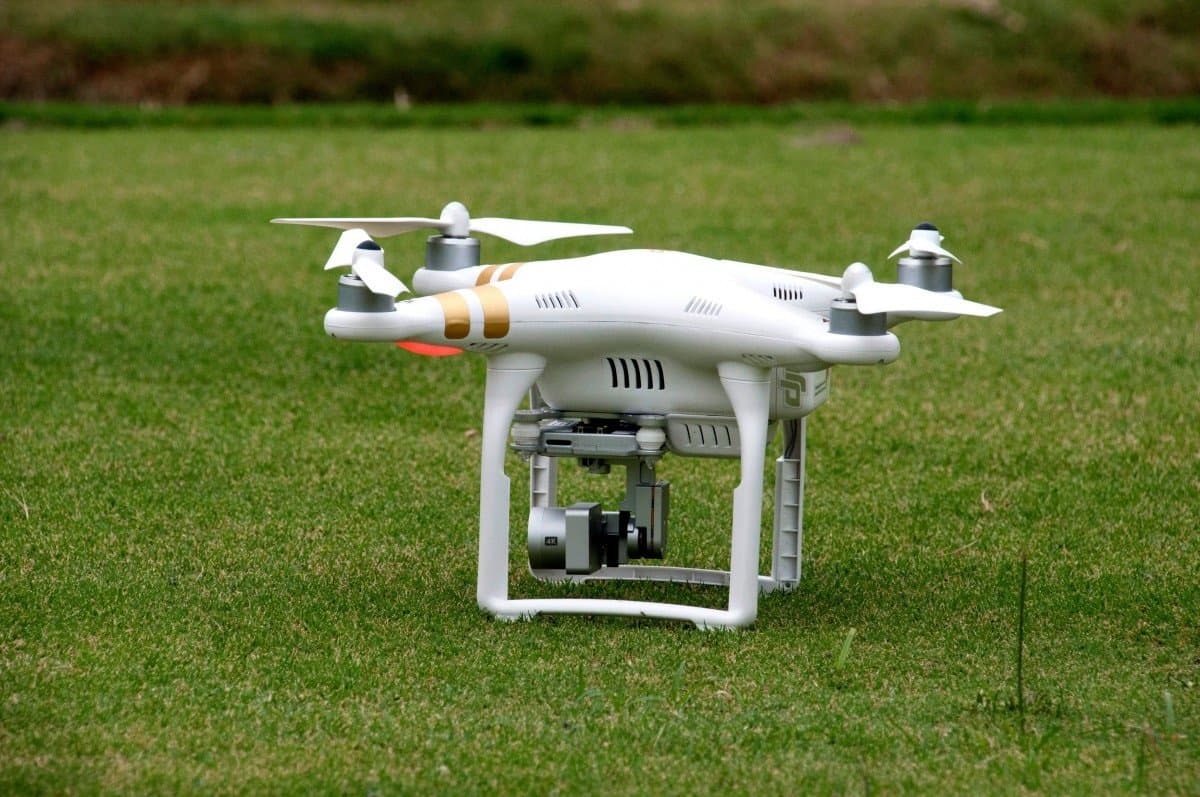If you’ve gone to drone school, you probably already know how to perform an in-depth pre-flight safety check before operating your drone. If you’ve not, here is a quick explainer on how to do it like a pro.
The two most important aspects of a pre-flight drone check are the flying environment and your equipment. You need to make sure that the environment you are about to fly in is safe, legal and right for your drone. You also need to check that your drone and accessories are in the right condition to fly safely.
Flying Environment

The first thing to check is that area you are flying in is legal for drone operations. Make sure it’s not near an airport, a government installation, a current emergency situation such as a forest fire, near people or close to buildings. That is unless you have a special waiver to fly in such a location.
If you are flying a DJI drone, use the geofencing system in the DJI GO app. It provides safety information for different regions in over 18 countries. For instance, it will tell you when to completely avoid flying in a certain area and when to fly with extra caution.
Next, check that the weather is ideal for flying a drone. Different drones can handle various levels of inclement weather. Check your drone’s specifications for things like maximum wind speed and min/max temperature limits.
Some drones, usually commercial ones, are designed to handle high winds and freezing temperatures.
For most hobbyist drones however, be especially careful about the wind. Even slightly strong winds can make you lose control of your drone. Even the return-to-home fail safe feature may not save your drone in strong winds.
Generally, it’s a good idea to fly only in wind speeds less than 10-15mph. Also avoid rain and snow.
Cloudy conditions will usually not affect your drone’s GPS connectivity but it could be a sign of coming rain. So keep an eye out and land the drone immediately if the clouds get darker.
Equipment

Go over your equipment and ascertain that everything is properly set up and ready to fly.
Inspect the drone for any loose connections, damaged propellers, cracks, dented parts and anything else unusual. Carry out this inspection not only at the beginning of a flight but also in between flights if you are taking several of them.
Check any attached equipment such as sensors and camera. Wipe down the camera lenses and make sure your gimbal is working properly.
Insert the battery (or batteries) and make sure it’s fully charged. Check that the battery is secure and won’t come lose during flight.
Finally, inspect the drone’s connection to the controller and any other external equipment such as a smartphone or computer. If you are flying FPV, make sure you are getting a clear video feed.
It’s a good idea to make notes for every flight. Note down the condition of the drone with any issues that need to be checked later.
Flying
It’s best to start with a hover to check that the drone is operating properly. Hover 15 feet above the ground for about 15 seconds. Listen for any unusual noise and watch for any out of whack behavior.
When you are satisfied that everything’s good, take off.
Notes and Resources
- Have a pre-planned flying route and a landing zone. If you are flying outdoors, get a portably landing pad that you can set up anywhere.
- Always carry a first aid kit with you. It will come in handy in case you or someone else is accidentally injured.
- If flying outdoors, wear a reflective safety jacket. It will help other people recognize you and can help if you get lost.
- Print out a pre-flight checklist and use it to perform the safety check. Here’s a good one(pdf). Always write down the date and location at the top of the checklist for future reference.
- If you don’t want to keep printing the checklist every time you are going out to fly, use a pre-flight checklist app. Here’s one for Android devices and here’s another for iOS.
- Refer to your drone’s manual for specific pre-flight checks and requirements.

